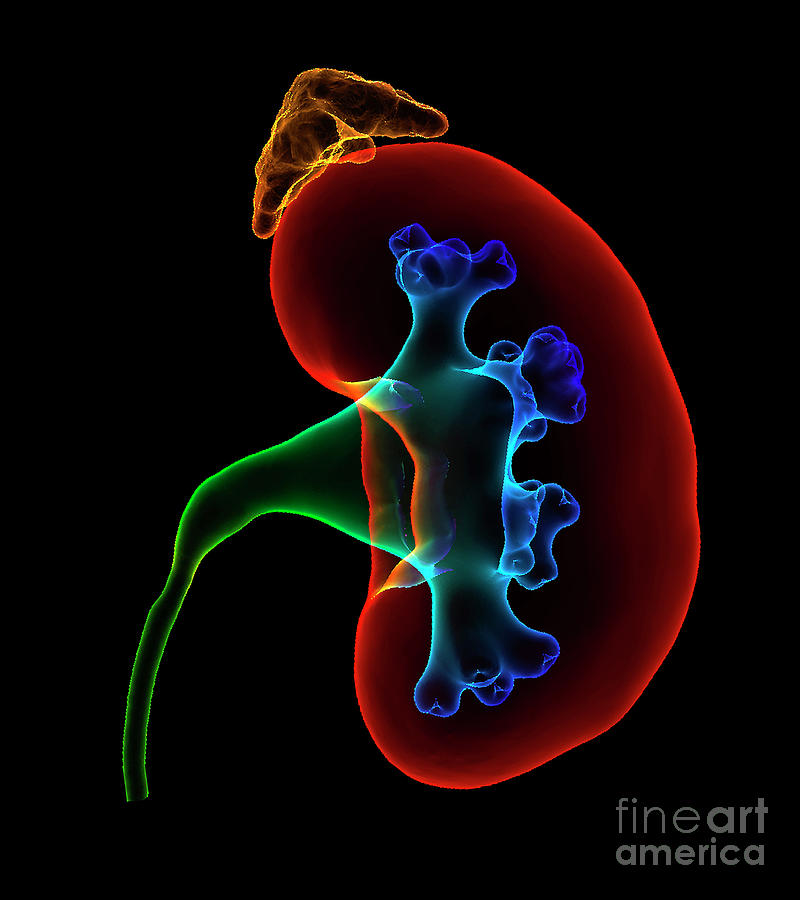

Adrenal tumors that make too much of any adrenal hormone usually require surgical removal, even if the tumor is benign. Too much cortisol results in a condition called Cushing’s syndrome. If the tumor produces too much aldosterone, it’s called aldosteronoma. Small adenomas that don’t produce excessive amounts of hormones probably do not need treatment. Also called adrenal corticaladenoma, this most common adrenal tumor type is not cancerous. Tumors in the adrenal glands include several types, such as: Malignant adrenal tumors, however, are cancer.

Most adrenal tumors are actually benign (not cancer) and they do not spread or metastasize.

Manage your body’s use of protein, fat and carbohydrates.Balance the level of salt and water in the body.The outer adrenal cortex makes the hormones cortisol, aldosterone and dehydroepiandrosterone (DHEA). Both of these layers play an important role in making hormones that regulate your immune system, how your body responds to stress, your electrolytes, your metabolism and other functions. Each adrenal gland consists of two parts - an outer layer called the cortex and an inner layer called the medulla. Your body has two adrenal glands, one on top of each of your two kidneys. Malignant adrenal tumors are very rare and only 300 to 500 cases are diagnosed in the U.S. Some benign adrenal tumors overproduce dangerous levels of adrenal hormones. Many tumors in the adrenal glands are benign (not cancer) but these must still be diagnosed and managed appropriately.

Adrenal cancer occurs when cells of the adrenal glands begin to multiply and grow out of control, forming a tumor, which can then become malignant (cancer). Your adrenal glands are an important part of your endocrine system which produces hormones that help regulate various body functions.


 0 kommentar(er)
0 kommentar(er)
